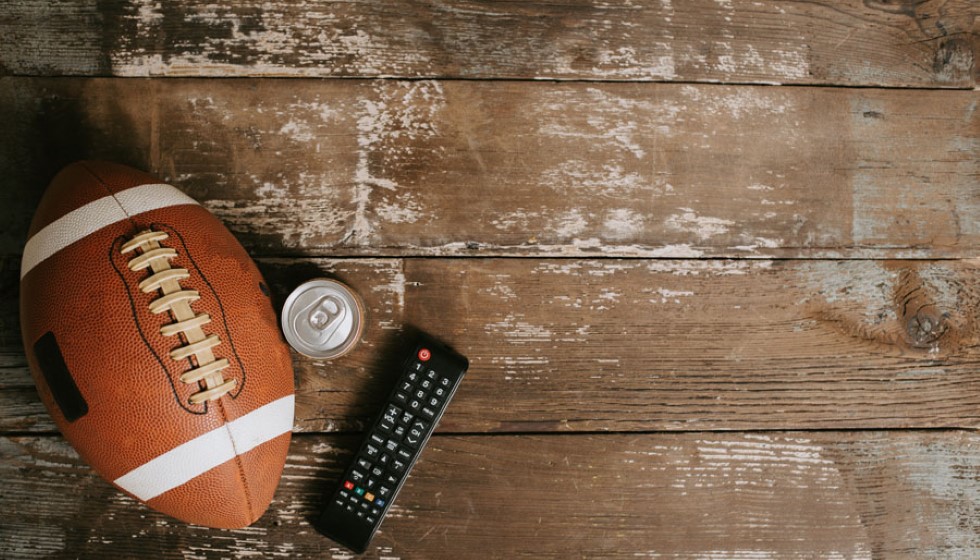
As the 2024 NFL season rolls in, the focus on player safety has intensified with the introduction of position-specific helmet models. This initiative represents a joint effort by the NFL and the NFL Players Association (NFLPA) to enhance protection and reduce the risk of head injuries among players. The different positions in football have unique demands and risks, making the development of specialized helmets a critical step forward in the sport's ongoing commitment to health and safety.
Customizing Protection
One of the most significant updates in player safety gear is the adaptation of helmets to suit the specific needs of various positions. Quarterbacks, for instance, now have helmets that are designed to maximize both visibility and protection. Given the high-impact hits quarterbacks often endure, these new helmets are a welcome advancement in ensuring their safety on the field.
Similarly, linemen face a different set of challenges, including the need to absorb repetitive blows during the game. Helmets tailored for linemen are engineered to minimize the strain these blows can cause, aiming to mitigate long-term impacts on their health. As of the latest count, there are about eight top-rated helmets that cater specifically to the requirements of quarterbacks and linemen, demonstrating the industry's commitment to addressing the diverse needs of all players.
Innovations in Helmet Technology
A standout example of innovation in this space is Riddell's Axiom 3D model. This helmet represents the cutting edge of technology in player protection, offering features that cater to the specific risks and vulnerabilities of playing positions on the football field. Its design is a testament to the progress being made in developing equipment that not only protects players more effectively but also enhances their performance by not compromising on comfort and mobility.
The specialized helmets for quarterbacks emphasize optimal visibility and superior impact protection, while linemen's helmets are built to withstand and absorb high-force impacts more efficiently. This nuanced approach to helmet design is indicative of the evolving understanding of sports-related injuries and the tailored strategies required to combat them.
Increased Interest and Future Developments
The focus on specialized helmets is gaining momentum, especially among linemen, who are increasingly recognizing the benefits of such equipment. This shift is partly driven by incidents like the inquiry into the helmet issue experienced by Patrick Mahomes, which brought to the forefront the critical need for improved helmet safety standards. Following the approval of specialized helmets for linemen in 2022 and quarterbacks in 2023, there is a clear trend towards broader adoption of these safety measures.
Ongoing research and development efforts continue to prioritize the reduction of head injuries, with a keen focus on how technological advancements can contribute to the creation of safer, more efficient helmets. The industry anticipates more players will adopt these specialized helmets, spurred by the promising results and the potential for enhanced career longevity. Furthermore, the roadmap for future innovations includes exploring helmet designs tailored for other roles like wide receivers and running backs, underscoring the commitment to minimizing injury risks across all positions.
An overarching goal in these endeavors is to ensure a sustainable career for NFL players by significantly lowering the likelihood of injuries. Jeff Miller, NFL executive vice president for health and safety, has remarked on the encouraging developments in helmet technology but also acknowledges that there is still much room for improvement, especially in encouraging wider adoption among linemen.
The transition towards position-specific helmets is a crucial development in the NFL's ongoing efforts to enhance player safety. As technological advancements continue to pave the way for more sophisticated and effective protective gear, the future looks promising for football players. The commitment to reducing injury risks and ensuring a safer playing environment reflects the NFL's dedication to its athletes' well-being, setting a gold standard in sports health and safety.
As the NFL and NFLPA continue to work together in this initiative, the expectation is that the coming years will see a significant transformation in how player safety is approached, with specialized helmets playing a central role in this new era of football.